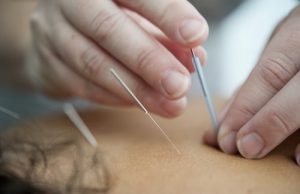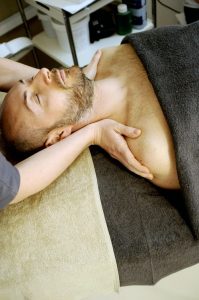Why do I have back pain? 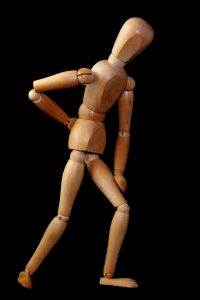
If you have had low back pain, you are not alone. Back pain is one of the most common reasons people see a doctor or miss days at work. Even school-age children can have back pain. Having some tips for back pain will help people manage their symptoms on a regular basis.
Back pain can range in intensity from a dull, constant ache to a sudden, sharp or shooting pain. It can begin suddenly as a result of an accident or by lifting something heavy, or it can develop over time as we age.
Low back pain is caused by common causes like:
- Poor posture
- Sitting for long hours
- Awkward movements
- Excessive use of lower back muscles causing overuse injuries
- Inappropriate ways of lifting weights
- Trauma
- Frequent Bending Forward
- Degenerative conditions
What are the types of back pain?
There are two types of back pain:
- Acute (short-term back pain) lasts a few days to a few weeks.
Most low back pain is acute. It tends to resolve within few days to weeks with self-care and physiotherapy and there is no residual loss of function. However, in some cases a few months may be required for the symptoms to disappear.
- Chronic back pain (long term back pain) is defined as pain that continues for 12 weeks or longer, even after an initial injury or underlying cause of acute low back pain has been treated.
About 20 percent of people affected by acute low back pain develop chronic low back pain with persistent symptoms at one year.
Even if pain persists, it does not always mean there is a medically serious underlying cause or one that can be easily identified and treated.
In some cases, physiotherapy treatment successfully relieves chronic low back pain, but in other cases pain continues despite medical and surgical treatment.
What are some simple tips for back pain?
Tips for back pain #1 – Maintain Good Sitting Posture
If you spend most of the day sitting in front of the computer, in an inappropriate posture and slouching, then there is an increased risk of developing back pain. There is an ergonomically correct way to sit:
- Eyes should be at the top of the computer screen.
- Shoulders should be relaxed.
- Desk should roughly be at the same height of the armrests.
- Your hips and knees should be at 90 degree angles.
- Feet should be flat and well supported.
- A lumbar roll should be used to support the back.
Good sitting posture while sitting, and using a lumbar support roll can help you to relieve undue pressure on the spine and hence reduces the back pain.
Tips for back pain #2 – Sleep Better
When you have back pain, sleeping can be hard.
It can be a vicious cycle because when you don’t get enough sleep, your back pain may feel worse. A poor sleep position can also aggravate back pain.
Try lying on your side. Place a pillow between your knees to keep your spine in a neutral position and relieve strain on your back. If you need to sleep on your back, slide a pillow under your knees.
Be sure to sleep on a comfortably firm mattress.
Tips for back pain #3 – Maintain a Healthy Weight
Shedding extra pounds lightens the load on your low back.
Weight loss really helps with pain, because it reduces the amount of mechanical force onto the spine.
If you need help, ask your doctor for advice on a diet and exercise plan that may work best for you.
Tips for back pain #4 – Stretch and Strengthen
Strong muscles, especially in your abdominal core, help support your back. Strength and flexibility may help both relieve your pain and prevent future episodes.
Doing it first thing in the morning is usually encouraged. However, if you’re older or worried about overdoing it, you can do your stretching and strengthening exercises later in the day when your body is warmed up.
Yoga, Pilates, Physical therapy, are just a few of the ways to strengthen your core and the muscles around your hips and back. An example of a good exercise that targets your upper and lower back is to lie on your tummy and push on your hands and come up into a sloppy push up.
Tips for back pain #5 – Physical Therapy
Physical therapists can teach you how to sit, stand, and move in a way that keeps your spine in proper alignment and alleviates strain on your back.
We can teach you specialized exercises that strengthen the core muscles that support your back. A strong core is one of the best ways to prevent recurrence of back pain in the future.
Studies show that when you increase your strength, flexibility, and endurance, back pain decreases The best treatment for managing low back pain is staying strong and active.
At PhysioNow, we have Registered Physiotherapists who can provide the necessary back pain treatment.
Do not let back pain stop you from living your life. We have 5 locations across the communities of Mississuaga and Etobicoke to help you manage your pain.
Call PhysioNow to book your assessment with a Registered Physiotherapist and get started today!
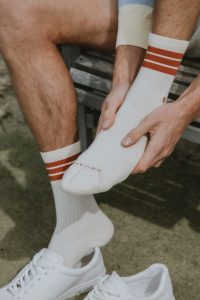 Physiotherapy for ankle sprains is an important part of recovery. There are many different types of
Physiotherapy for ankle sprains is an important part of recovery. There are many different types of 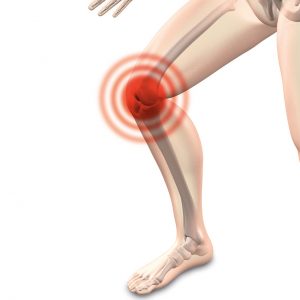 What causes knee pain?
What causes knee pain?